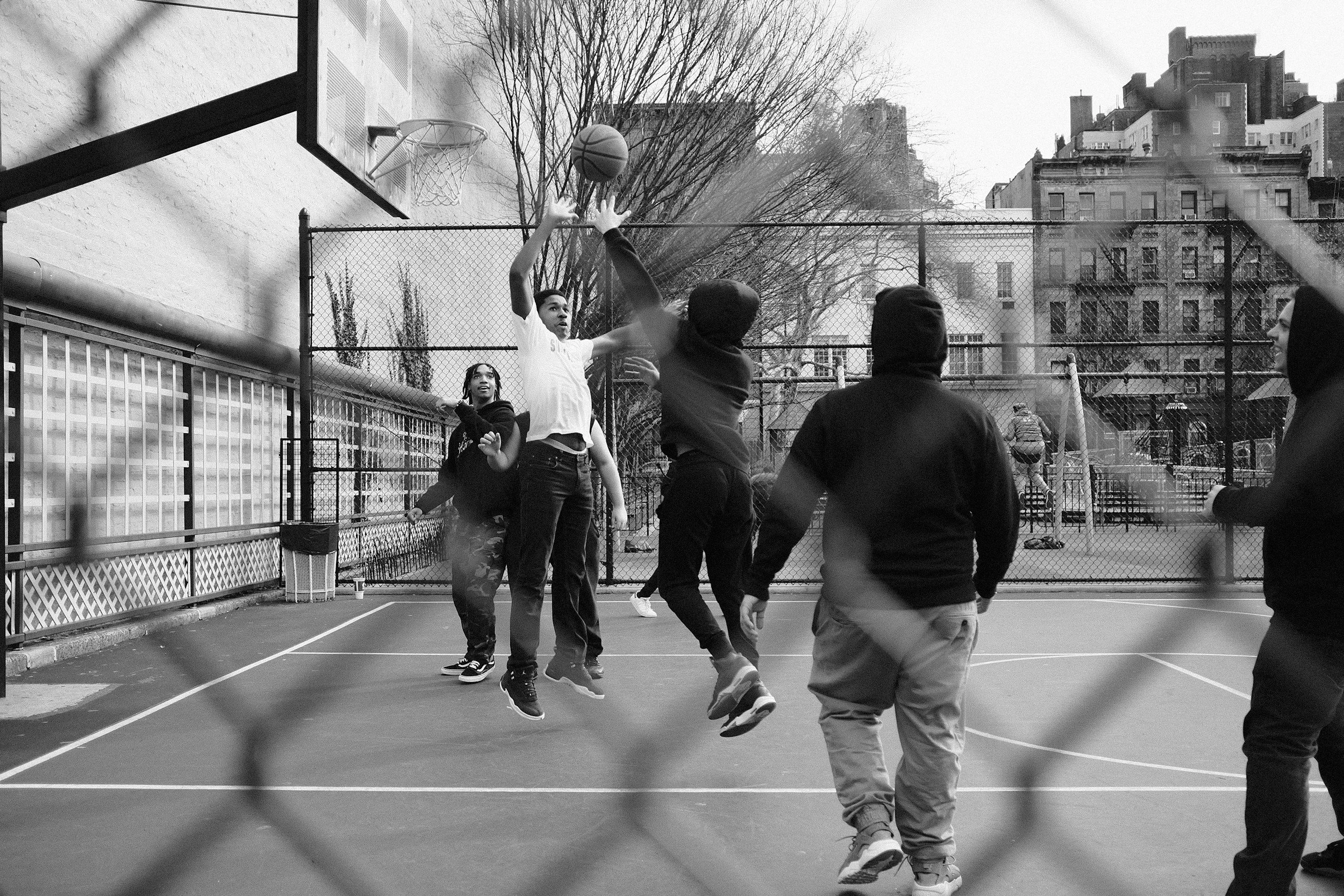The Difference Between Skills Training and Playing Pickup (And Why both are needed)
Intro
In the basketball world, especially during the offseason, players tend to fall into one of two routines: structured skill development or endless hours of pickup. Both approaches have value. One focuses on mechanics and repetition. The other tests instincts and decision-making in live play.
Growing up, I spent most of my summer days chasing competition. Pickup was constant—parks, gyms, driveways, wherever a game could be found. It made me tougher and sharpened my feel for the game. But looking back, I can see where I fell short. I hadn’t built the foundation. My handle was loose, my shot inconsistent, and my footwork underdeveloped. Without the structure of skills training, my growth stalled.
That experience shapes how Sage Hoops approaches player development today. Both pickup and skill work are essential, but they serve very different purposes. Understanding that difference is key to building complete, confident athletes.
1. The Purpose of Skills Training
Skills training is where players get focused, intentional reps. It’s the time set aside to break down mechanics, improve technique, and lock in the details—shooting form, footwork, finishing angles, ball control, and more. This type of training removes the chaos of the game and allows for full concentration on repetition and refinement.
Without defenders flying at them or decisions to make on the fly, athletes can drill movements until they become automatic. Bad habits are corrected. Small adjustments make big differences. It’s this consistent technical work that builds long-term confidence and reliability.
Why it matters:
Builds proper mechanics through focused repetition
Isolates and improves weaknesses
Reinforces habits that hold up in games
Builds consistency and confidence
Lays a foundation for higher-level execution
Still, skill work alone can’t fully prepare players for the speed, emotion, and unpredictability of competition. That’s where pickup plays a vital role.
2. The Role of Pickup Basketball
Pickup introduces the live environment—chaotic, fast, and unscripted. There’s no coach pausing drills, no set rotations or play calls. Just players making decisions, reading situations, and trying to win.
It’s where instincts take over. Players learn how to navigate space, how to react to defenders, how to handle the unexpected. Pickup builds creativity, toughness, and rhythm. It also provides a space to test new skills and see which ones translate when the pressure is real.
But not all pickup is created equal. Unorganized games can often turn sloppy—marked by poor spacing, lazy habits, rushed shots, and minimal defense. When that becomes the norm, it’s easy for bad habits to take root and go uncorrected. The same environment that sharpens instincts can also dull discipline if there’s no intention behind how the game is played.
Why it matters:
Builds decision-making in real time
Sharpens instincts and timing
Encourages creativity and adaptation
Teaches players to compete and communicate
Develops confidence under live pressure
Can create bad habits if unstructured or unfocused
That’s why pickup works best when it complements skill work—not replaces it.
3. Why Both Are Essential to Growth
Skills training and pickup don’t compete with each other—they complete each other. One builds the skillset. The other builds the feel. Without both, development stalls or becomes one-dimensional.
A player can master a move in drills, but if it’s never used in a live setting, it remains theoretical. That stepback jumper might look perfect against air, but can it create separation against a longer defender in transition? On the flip side, a player who relies only on pickup may learn to compete and create, but if their footwork is sloppy or their shooting mechanics are inconsistent, those limitations will eventually show up—especially as the level of play rises.
Athletes who only train may struggle to translate their skills when the pace picks up or the defense gets physical. Athletes who only play may look dynamic in open runs but fall apart when asked to play with discipline in a structured system. In both cases, there’s a ceiling.
What bridges the gap is intentional integration. Players develop best when they’re constantly toggling between building a skill in a controlled setting and testing it in a live one. They refine a hesitation move in training, then look for chances to use it in pickup. They clean up their shooting form in the gym, then test it with a defender closing out at game speed.
That back-and-forth cycle—train, test, adjust, repeat—is what builds real confidence. Not false confidence that comes from dominating a workout or getting hot in a pickup game, but grounded confidence that comes from knowing their skills will hold up in real situations. And over time, it creates players who are both technically sharp and competitively prepared.
When both are integrated:
Skills translate more naturally to live play
Habits hold up under pressure
Players adapt faster and make better reads
Confidence is built through preparation and proof
Development becomes more complete, consistent, and sustainable
Athletes become more coachable and versatile
That balance is what separates those who look good in a drill or a casual game from those who consistently impact real competition. It’s not about choosing one over the other—it’s about making sure both are part of the process, on purpose.

